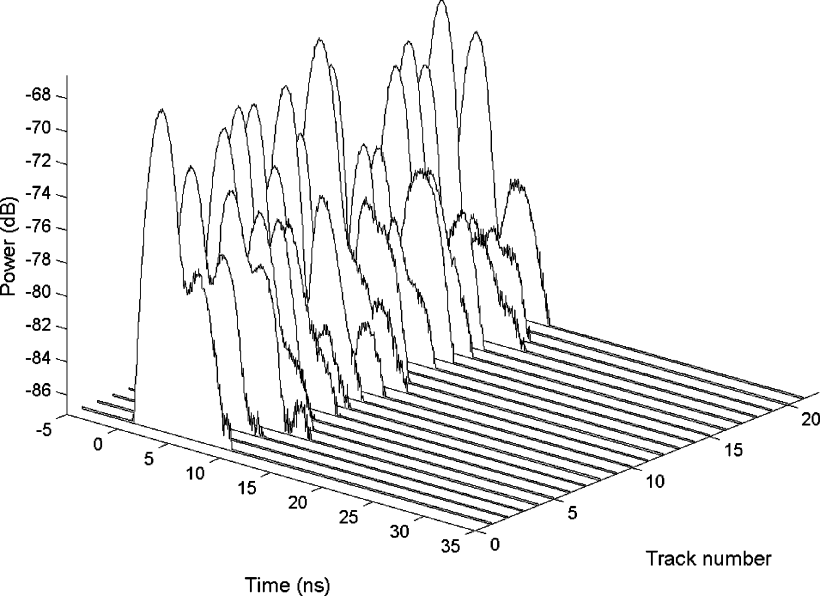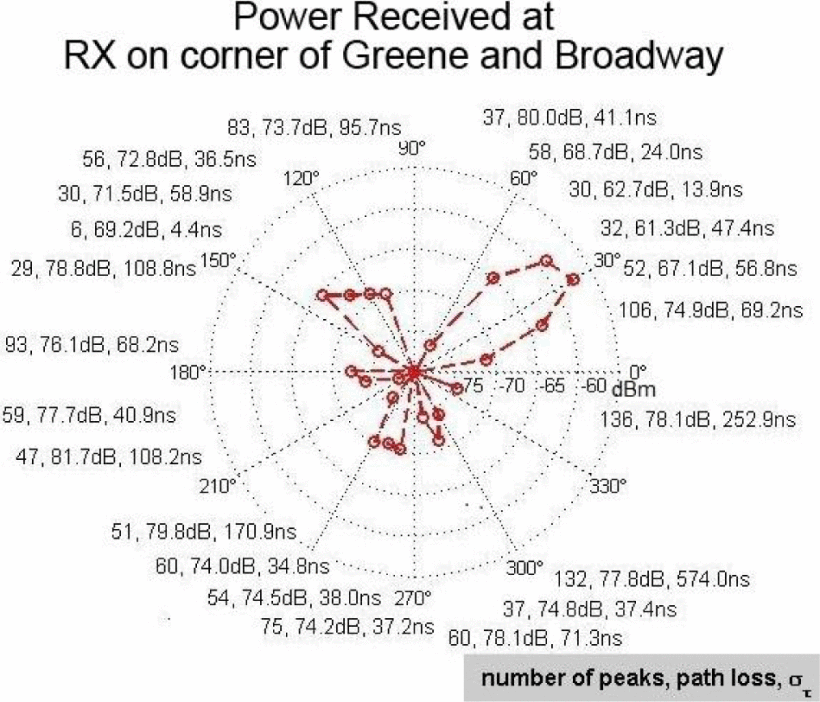This page presents a limited selection of my current and past research activities. See my Google Scholar or ORCID page for an up-to-date list of my publications.
Black holes, broadly
It is believed that certain relativistic jets are powered by the rotational energy of spinning black holes. My research primarily centers on understanding the nature of accretion around such black holes, especially in the context of this jet–hole connection. Although analytic calculation and numerical simulations support the theory, concrete observational evidence of energy extraction remains elusive both because of theoretical uncertainties and the challenge of making detailed observations.
The interaction between black holes, event horizon scale plasma physics, and the mechanisms that lead to jet production is complex. In order to understand the interaction and to make detailed predictions about observational signatures of energy extraction, it is first necessary to develop a robust working model of both the accretion physics at horizon scales and the processes that mediate the dynamics of jet launching. My current research focuses on developing methods to overcome theoretical model uncertainties and identify robust features of the accretion flow in order to make definitive observational predictions.
Numerical simulations of black hole accretion flows
To better understand the nature of plasma near supermassive black holes, I use a variety of (radiation) general relativistic magnetohydrodynamics codes to generate numerical fluid simulations of accretion, and I post-process these simulations using polarized radiation transport codes to predict what observations of these accretion flows might look like.
Recently, the Event Horizon Telescope (EHT) collaboration published horizon-scale images of the black hole at the center of the elliptical galaxy M87; I produced numerical models of black hole accretion flows and generated synthetic images that were used to inform the constraints presented in the first EHT sequence papers.
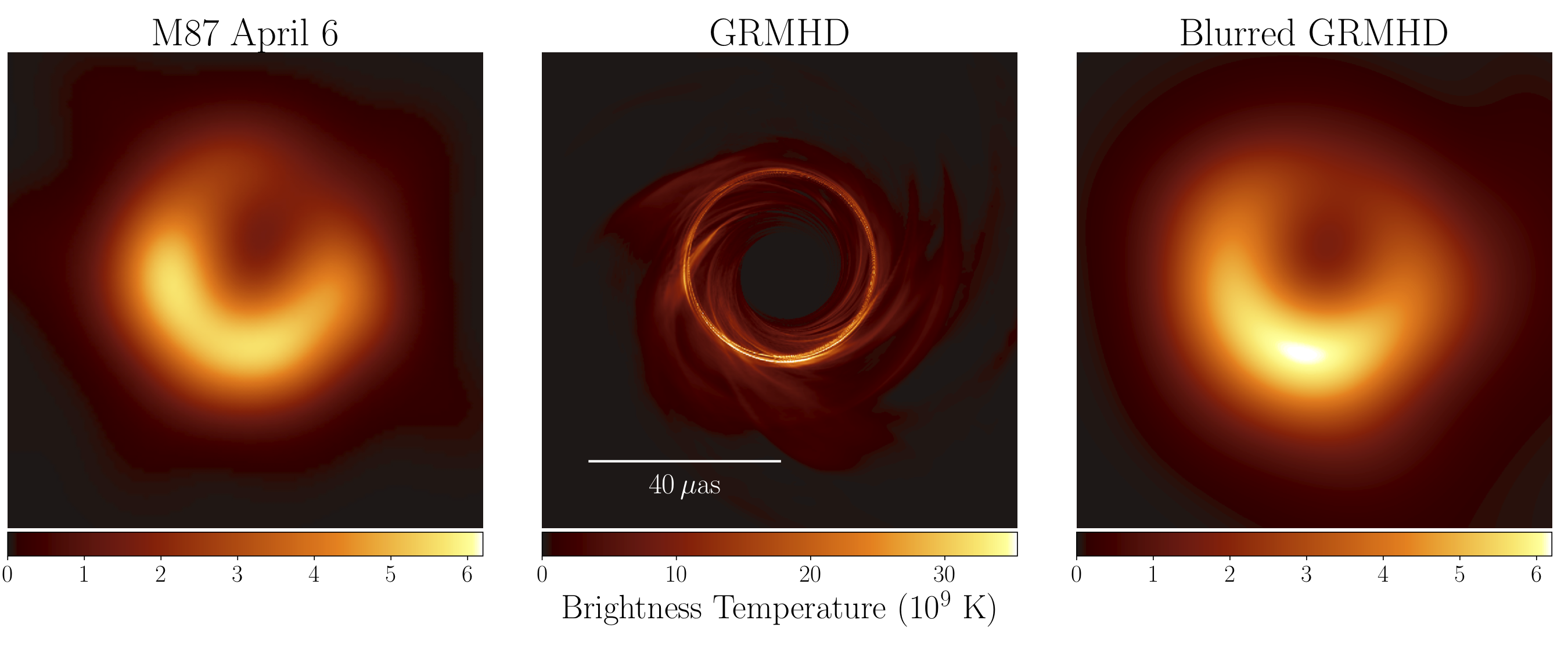
The state space that describes possible configurations of the black hole / magnetic field / plasma system is incredibly large and mired by thermodynamic uncertainties (e.g., cooling and the details of dissipation / energy injection mechanisms). Nevertheless, simplified models can be used to constrain various parameters and identify reasonable accretion flow models to make it feasible to perform preliminary numerical surveys.
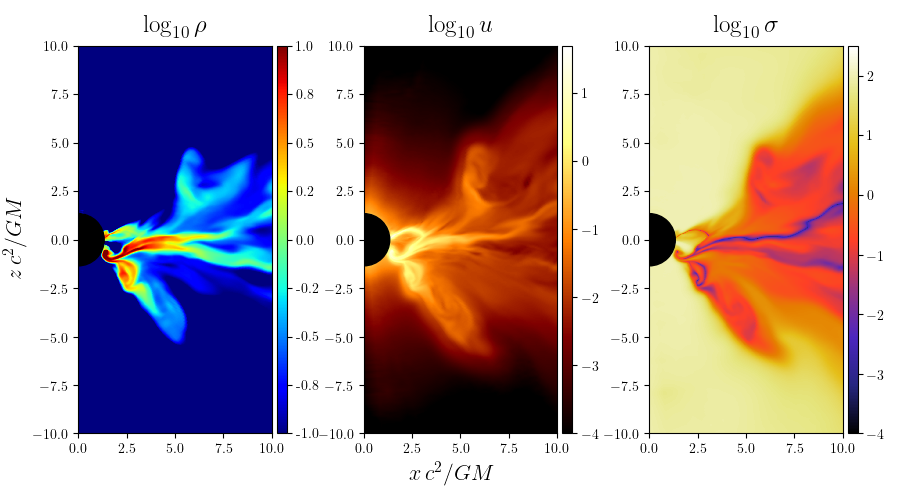
In addition to directly comparing model results to observations (like those from the EHT), it is valuable to compare and contrast models among themselves. I have studied and explored the properties of retrograde accretion (especially in models of magnetically arrested disks), characterized the connection between plasma dynamics in the disk and jet, and identified observational signatures of these physical processes.
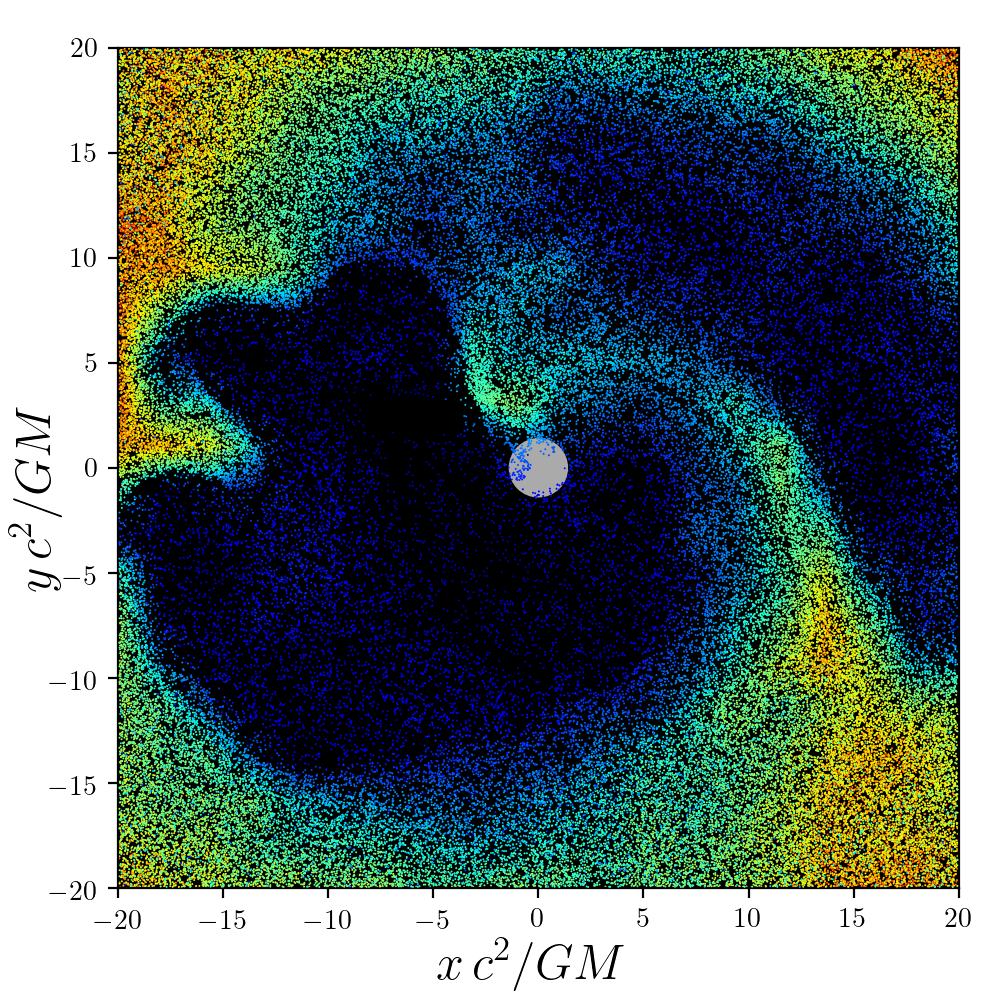
I have also explored the importance of different physical processes vis-a-vis black hole accretion by helping to identify the regimes in which electron-positron pair plasmas may be relevant and under what conditions bremsstrahlung radiation is non-negligible.
Observables of the Kerr geometry
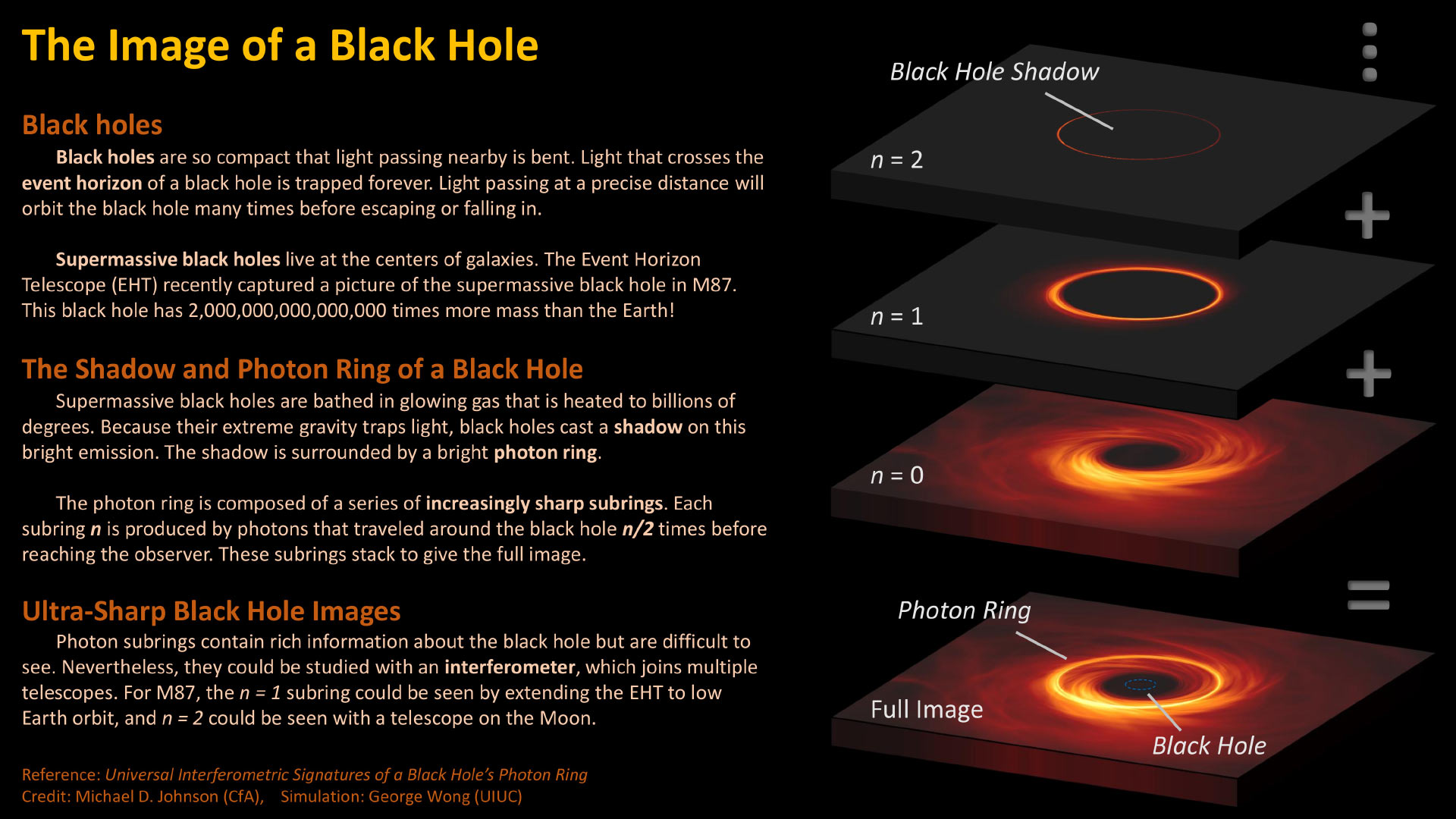
It is possible to sidestep the details of the plasma emission and measure properties of the black hole itself by looking for signatures of general relativity and the Kerr metric, like in the photon ring. In space near a black hole, the effects of gravity are so strong that light may end up on bound orbits, i.e., it is possible that a ray of light will "orbit" around the black hole many times before escaping off to an observer at large distance. The set of bound orbits is called the photon sphere and can produce a characteristic, sharp ring-like feature in images.
The shape and size of the photon ring are directly related to the mass and angular momentum (magnitude and inclination) of the black hole and are independent of the details of the plasma physics in the surrounding accretion flow. By making measurements at long baselines (i.e., making a simultaneous observation of a black hole using telescopes that are very far away from each other), it is possible to directly measure the morphological features of the photon ring.
Other image classification techniques
In addition to taking measurements of the total intensity of light from M87, the EHT also captured information about the polarization of the light, i.e., the orientation of the electromagnetic field as it reached the detectors. When light is emitted due to synchrotron radiation, the polarization of that light is implicitly tied to the orientation of the magnetic field in the source material. The connection between polarization and the magnetic field means that it might be possible further constrain our model of the black hole accretion flow using polarimetric data.
To this end, I have helped develop an analysis framework for differentiating between types of accretion flows according to the degree of azimuthal order in the structure of polarization in black hole accretion flow images.
In addition to using conventional, theory-based methods to connect observables to model parameters, I have also explored the utility of machine learning methods for classifying black hole images. Preliminary results using convolutional neural networks suggest the existence of continuous features in the image domain that map directly to parameters like black hole spin.
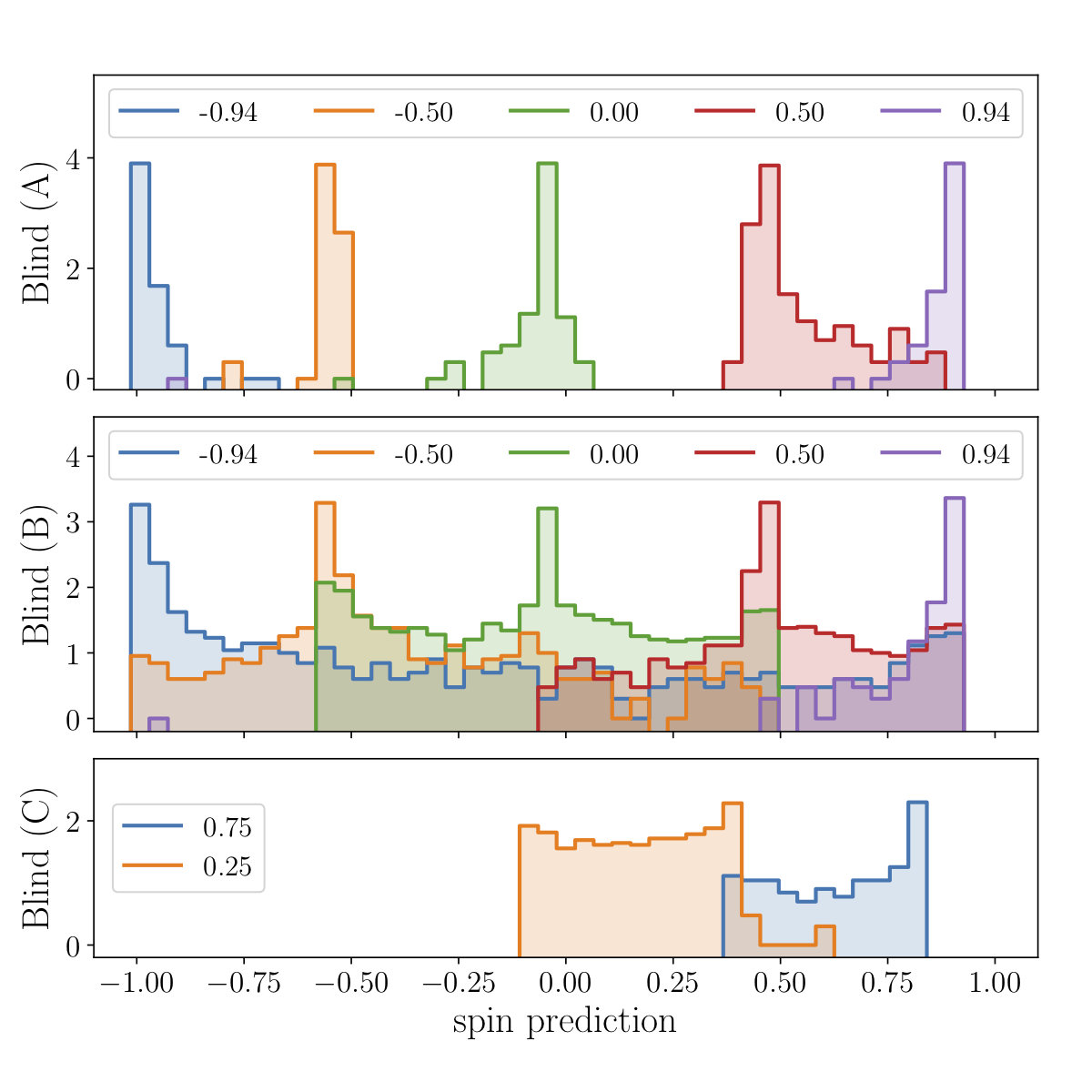
Code development
I am also a developer of several astrophysics-based codes including:
Infectious disease modeling
Since Spring 2020, I have been involved in epidemiological modeling of the spread of the COVID-19 epidemic. I have developed stochastic agent-based simulators and non-Markovian age-of-infection models that are coupled to Markov chain Monte Carlo statistical inference methods. My work has been used to inform policy, and I am a member of advisory committees to the State of Illinois, the local health department, and the University of Illinois system. I have also been a part of research into the relationship between herd immunity and persistent population heterogeneities (e.g., the difference between a delivery person's social contacts versus a stay-at-home computational physicist's ones). The pydemic python package was developed as part of this project.

Gamma-ray burst afterglows
Gamma-ray bursts (GRBs) are highly energetic explosions that were first observed by Project Vela, a military space project intended to detect terrestrial nuclear explosions. GRB light curves exhibit characteristic afterglow signatures that are thought to be related to the geometry and dynamical evolution of their underlying jets as they collide and interact with the surrounding material.

I produced numerical models of trans-relativistic blast waves using the relativistic hydrodynamic adaptive mesh refinement code JET. By comparing synthetic light curves from these models to observational data from the Swift-XRT mission, it is possible to infer the universal (meta-)distribution of parameters like the inclination angle between the GRB jet axis and the line of sight to observers on Earth. This parameter inference task was accomplished using the Markov chain Monte Carlo python package emcee.

5G wireless
I was an inaugural member of NYU WIRELESS, where I helped design and execute the first millimeter wave (at 28 GHz) channel sounding studies in New York City. After co-leading the experimental campaign, I produced models for the millimeter wave channel response of urban canyons (including characterizations of reflection and attenuation), developed statistical models of absolute power delay profiles for millimeter-wave channel simulators, and worked on multiple-input multiple-output link switching algorithms. I have been invited to present this research in a variety of sectors including academic conferences, board meetings, and government forums. This work led to my being a co-recipient of the 2015 Donald G. Fink award.
